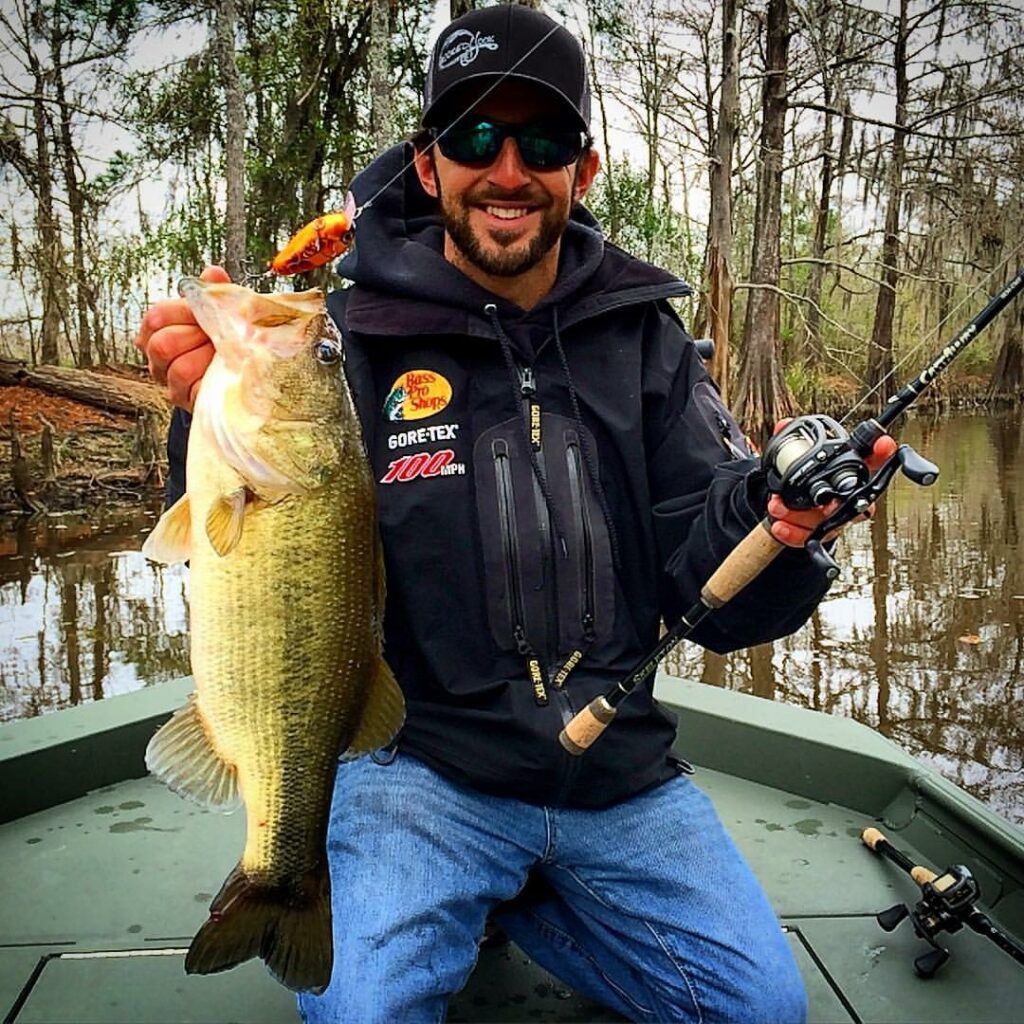
The largemouth bass is one of the most popular game fish. The best thing you can do to ensure your success in catching bass throughout the year is to do a little research. When you know what bass like to eat, you’ll be more likely to catch them time after time. Today we’re going to discuss the diet of largemouth bass at their different stages that way, you’ll be able to catch them regardless of life stage.
Young bass are going to spend their lives in a school of fish being protected by their parents. The bass fingerlings will stay in shallow waters and eat things like small insects, larvae, minnows, and even tadpoles. Once they reach about six inches, they’ll move up to bigger insects, minnows, and worms. After they reach 12 inches, they can eat smaller fish, crayfish, and bluegill. Adult bass will start to eat full-sized frogs, medium-sized bluegill, forage fish, and smaller bass. When fishing for bass, you can use jigs, spinnerbaits, plastic worms, crankbaits, and swimbaits. All of these lures are pretty versatile, so you’ll be able to use them for other species of fish, as well. These are typically the most common and easiest to use whenever fishing bass. Bass like both deep and shallow areas of water, but they tend to hang out around cover. Cover includes weeds, rocks, submerged logs, and docks. If you’re throwing any of these baits in areas like this, you’re sure to snag a bass.
We’ve got some incredible bass fishing rods for sale, and any of the options would be a great pick for you, like the Skeleton Nano Mag Medium Heavy casting rod. If you’re interested in this rod or one of the many others offered at Castaway Rods, feel free to visit their website.

Comments are closed